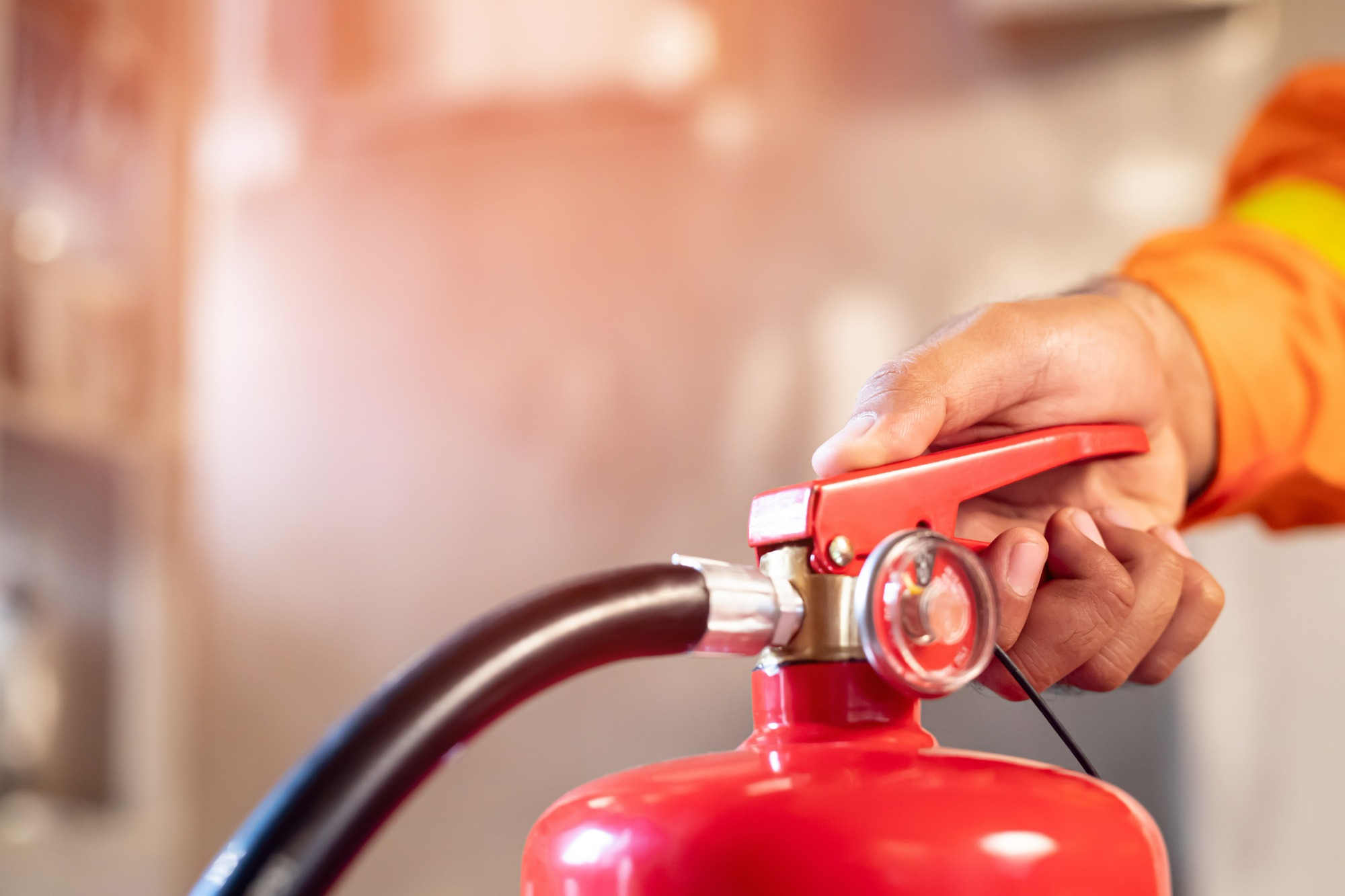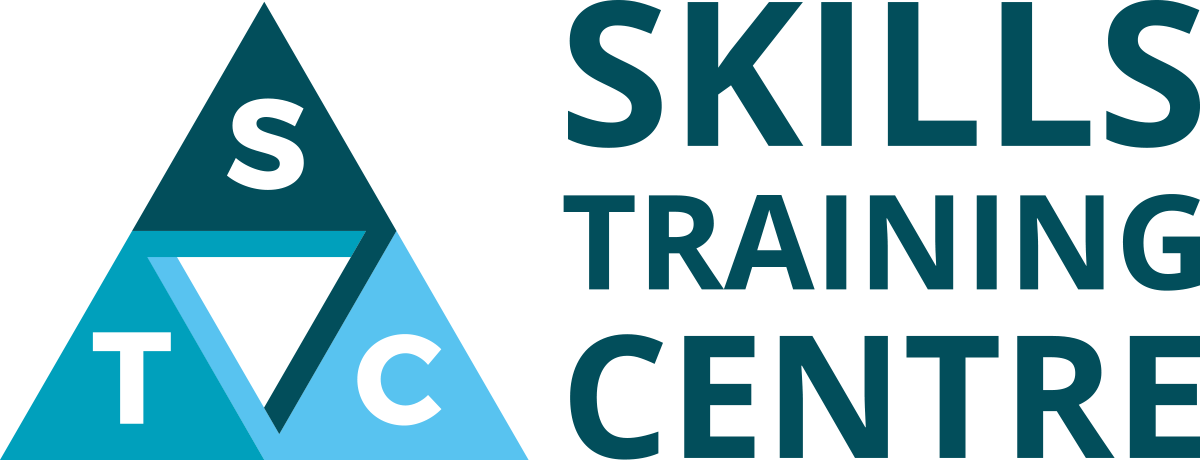Skills Training Centre’s Top 3 Workplace Fire Safety Tips
Regardless of your industry or working environment, there are always fire hazards and risks that need to be managed and prevented.
Regardless of your industry or working environment, there are always fire hazards and risks that need to be managed and prevented. It's essential that the correct procedures are in place as well as mandatory fire training for all employees to guarantee that they are aware of the protocol if a situation should arise. We have created this article enlisting our top 3 tips that you should ensure are followed to create a safe working environment.
1. Electrical Safety
While your workplace may not seem a high-risk environment for electrical injuries, electrical safety should be considered by all businesses to minimise fire risks. “In the UK electrical fires account for around 33% of accidental fires in the workplace. These fires can be due to electrical faults or misuse of electrical equipment.” Overloaded plug sockets and fault wiring can cause the items to overheat and spark fires that can spread throughout the workplace quickly.
To prevent a workplace electrical fire it is essential to maintain your electrical items with regular PAT testing and inspections, ensuring the plug sockets and extension cables are not overloaded and replacing or repairing faulty wiring or equipment.
2. Fire Risk Assessments and Equipment
Risk assessments are essential for knowing the hazards that are within your workplace - it's impossible to safeguard against a fire if you aren’t aware of the risks.
When it comes to creating your risk assessment documents, you should follow these 5 steps:
-
Identify the fire hazards.
-
What level of risk is imposed on the workplace.
-
Who would be affected by this hazard?
-
Evaluate, remove or reduce the hazards to prevent the fire from occurring.
-
Document these findings, ensure an emergency plan is created and provide training to all employees.
It's a legal requirement to keep a “written record of your fire risk assessment if your business has 5 or more people.” On the other hand, there is no legal time frame for when your risk assessment documents should be reviewed, however these should be seen as working documents. If your employee volume changes or your business experiences change, this information should be recorded and updated. It’s recommended that risk assessments be reviewed on an annual basis. The fire safety risk assessment chart gives more detailed information about these steps.
Fire safety equipment is a fundamental part of any workplace, whether you work in an office, warehouse or factory.
-
Fire extinguishers: The number and type of extinguisher required is dependent on the size of your workplace and also the type of hazards imposed. It is however a legal requirement for every workplace to have at least one.
-
Fire exit signs: These are essential for all types of businesses to guide employees to the correct exit.
-
Fire alarm and smoke detectors: Another essential item which should be tested weekly. These will alert employees of a fire perhaps before it's visible. The number of fire alarms and smoke detectors will depend on the size of your premises.
3. A Clean and Tidy Workplace
This is a higher risk than you may think! Having a cluttered and untidy workspace not only fuels a fire but prevents a swift evacuation for employees. It’s important to remember that all flammable materials and liquids are stored in a secure location, in line with HSE COSHH Regulations 2002. This includes paints, cleaning products, hand sanitizer etc.
Not only does waste and workplace clutter cause issues for your evacuation, it will also pose difficulties for the emergency services. Ensure corridors, stairwells and fire exits are kept clear and safe at all times.
Additional workplace fire safety guidance
Fire extinguishers
Not every work place will have access to all of the below fire extinguishers however it’s always handy to know what extinguisher to use:
The six main fire extinguisher types are water, foam, CO2, powder, water mist and wet chemical and each of these can be used on six classes of fire.
-
Water:
Class A fires (solid combustibles such as wood, paper and textiles). Some water extinguishers are safe on electrical equipment if di-electrically tested. Otherwise caution is required near electrical equipment, as ordinary water is a conductor. Water fire extinguishers have a red label. -
AFFF foam:
Class A and B (flammable liquids). Safe on electrical equipment if di-electrically tested. AFFF foam fire extinguishers have a cream label. -
Carbon dioxide (CO2):
Class B and electrical equipment. CO2 fire extinguishers have a black label. -
ABC powder:
Class A, B, C (flammable gases) and electrical equipment. ABC powder fire extinguishers have a blue label. -
De-Ionised water mist:
Class A, B, C and electrical equipment. De-ionised water mist fire extinguishers have a white label. -
Wet chemical:
Class F (deep fat) fires, sometimes class A. Wet Chemical fire extinguishers have a yellow label.
What fire safety training does Skills Training Centre provide?
We provide a range of courses for fire safety; Fire Safety and Extinguishers, Fire Wardens and Fire Risk Assessment.
Our Fire Safety and Extinguishers course is to enable staff to recognise the different types of fires, know which type of extinguisher to use on them and how to extinguish a small fire. This is a half day course and is suitable for all those who need to be able to recognise the different types of fires and know which type of extinguisher to use.
Our Fire Wardens course is for all staff designated as fire wardens or who have responsibilities for carrying out fire drills and/or checking that fire doors are working properly. The aim is to provide staff with the relevant skills and knowledge to fulfil their role as a fire warden. This is a full day course and is suitable for designated fire wardens or those who have responsibilities for carrying out fire drills and/or checking that fire doors are working properly.
Our Fire Risk Assessment course is to provide staff with basic practical knowledge and skills to understand fundamental hazards of fire, fire prevention and procedures. This is a full day course and is suitable for employees who under current legislation are required to be trained in Fire Safety and write fire risk assessments.
We don’t believe in delivering courses that just tick boxes, we provide training that allows our attendees to learn new skills, improve existing skills and retain industry based knowledge.
The courses we provide are designed to be relevant and cost effective and are delivered to high standards. Our instructors are professional and experienced in their respective fields and are highly skilled at taking into account the needs of individuals with different skills, abilities and experience.
If you wish to gain further insight into our Fire Safety training courses and what Skills Training Centre can provide for you, please get in touch.


